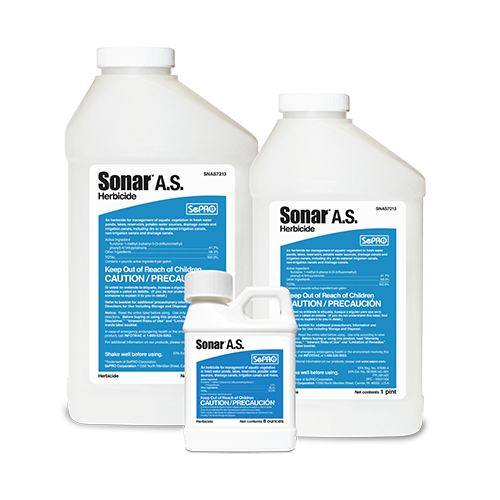Watermeal (Wolffia spp.) is a type of tiny aquatic plant commonly known as the world's smallest flowering plant. It is known for its incredibly rapid growth, and several factors contribute to its fast growth rate:
- Small Size: Watermeal is extremely small, with individual plants typically measuring only 0.5 to 1.5 millimeters in diameter. Their small size allows them to rapidly multiply and cover large surface areas.
- Reproductive Efficiency: Watermeal reproduces primarily through a process called vegetative propagation. It can produce daughter fronds (new plants) rapidly from its parent fronds. A single parent plant can produce multiple daughter plants in a short period, leading to exponential growth.
- Environmental Adaptations: Watermeal is well adapted to its aquatic environment. It can thrive in a wide range of water conditions, including still or slow-moving water bodies. Its small size and buoyant nature allow it to stay at or near the water's surface, where it can access sunlight for photosynthesis efficiently.
- Rapid Photosynthesis: Watermeal is capable of rapid photosynthesis due to its small size, which results in a high surface area-to-volume ratio. This enables it to capture and utilize sunlight efficiently for growth.
- Nutrient Uptake: Watermeal can readily absorb nutrients from the water, including nitrogen and phosphorus, which are essential for plant growth. It can efficiently compete for these nutrients with other aquatic plants, further enhancing its growth rate.
- Limited Competition: Because of its tiny size and efficient nutrient uptake, watermeal often outcompetes other aquatic plants for resources. This limited competition allows it to proliferate rapidly in suitable aquatic environments.
- Lack of Predators: Many aquatic herbivores and insects do not feed on watermeal due to its small size and unpalatable nature. This lack of natural predators can contribute to its rapid growth.
- Tolerance to Environmental Stress: Watermeal has a high tolerance for environmental stressors such as temperature fluctuations and changes in water quality. This resilience allows it to persist and grow even in challenging conditions.
While watermeal's rapid growth can be advantageous for some applications, such as wastewater treatment and as a potential food source for certain animals, it can also be problematic when it becomes invasive in natural water bodies. Its ability to quickly cover the water's surface can disrupt ecosystems and harm native species.




